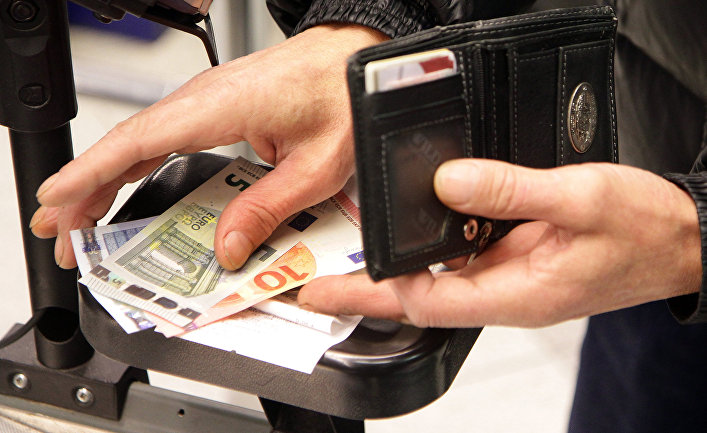
The price increase accelerates. This year inflation in the Baltic sea region will be one of the highest in Europe. Rising prices of oil, food and services will reduce the difference between official statistics and everyday of inflation faced by residents, despite the fact that the latter will be even higher.
Growing prices by the end of the year will limit purchasing power of Lithuanian residents, the pressure on the labour market will be even greater. After the scandal with the price of cauliflower in 2016, compare prices for products in Lithuania and abroad has become commonplace and most relevant topic. Attention to prices will not decrease this year because, despite rapid wage growth, people will more and more feel the rising prices of goods and services and the impact of change on the family finances.
The average salary grows unevenly depending on regions, and depending on the profession, and there are all want. Prices on products and services for the year grew by 3.7%, the most expensive yogurt — 14%, almost 10% more expensive fish and seafood, 10% of rose chocolate and sugar, milk and butter. Over the past year, a little more expensive flour, eggs, chicken and pork.
However, a timid growth of raw materials for food production and the active growth of prices on energy this year, will abolish the last vestiges of deflation on the food market. In addition, last year the administrative prices decreased by 3.7% this year after increasing the price of gas in the middle of the year, after increase of excise duties from March, will turn in the opposite direction. Actual will remain and the trend of growth of tariffs for services as due to the growth of wages and growth expectations.
The only counterbalance to inflation in the services sector will remain the price for communication services, which last year fell 8% after the change of the regulations in the EU. This year, after the completion of the transition of mobile communications in the EU will cost the same as in the domestic market. So, at least for those who travel, cheaper roaming services.
Unfortunately, the other services will rise in price approximately the same as last year — by 2.5-3%, and the growth of transportation costs due to rising prices of fuel, wages of drivers will lead to a rise in price of other goods and services. On the other hand, power can be safer to breathe: the price increase will increase revenues in the budget, yet it will not stop the growth of private consumption. The strengthening of expectations of inflation will increase pressure on employers in raising wages, otherwise tight market they will lose good employees. So, this year will start to twist the inflationary spiral.







